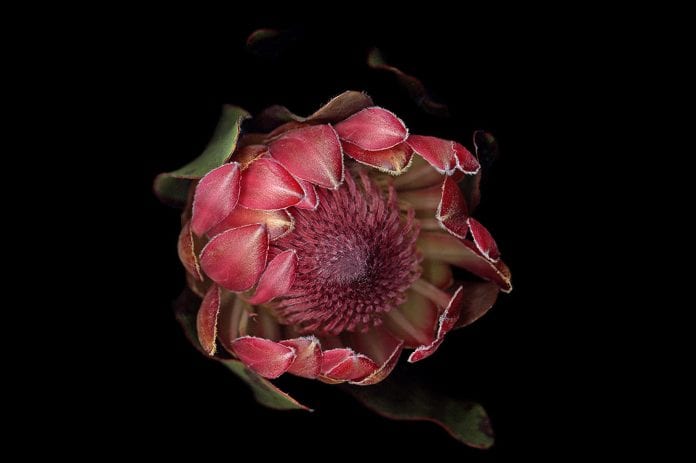More Than Just Crackerjack: Unveiling the Charm of the Mimetes Cucullatus
With its vibrant red and green foliage that persists year-round, the Mimetes cucullatus, also known as the Mimetes Crackerjack Red, is a plant that immediately catches the eye. But this striking shrub, a member of the fascinating Proteacea family, offers more than just good looks. It’s a hardy, low-maintenance beauty that can bring unique texture and color to any garden, particularly in coastal regions.
But what exactly makes the Mimetes cucullatus so special, and what kind of environment does it thrive in?
Let’s delve deeper into the world of this captivating plant.
A Closer Look at the Proteacea Family
Native primarily to the Southern Hemisphere, the Proteacea family is a diverse group known for its stunning and often unusual flowers. Think of iconic Australian plants like banksias, proteas, and grevilleas – all part of this remarkable family. These plants typically favor nutrient-poor soils and are adapted to climates with periodic fires, making them incredibly resilient.
The Mimetes Cucullatus: A Standout Among its Kin
The Mimetes cucullatus shares the resilience of its Proteacea relatives but sets itself apart with its distinctive foliage. The leaves are a deep, rich green with brilliant red tips, creating a constantly changing tapestry of color. And as if that weren’t enough, from winter to late spring, small, fluffy white flowers emerge amidst the foliage, attracting pollinators and adding a delicate touch to the overall display.
Creating the Perfect Home for Your Mimetes Cucullatus
One of the most attractive aspects of the Mimetes cucullatus is its low-maintenance nature. Here’s what you need to know to ensure it thrives:
- Sunlight: Plant your Mimetes Crackerjack Red in a spot that receives full sun to partial shade. Plenty of sunlight will enhance the vibrancy of its foliage.
- Soil: This plant prefers well-drained soil, ideally slightly acidic. A mix formulated for proteas or ericaceous plants is ideal.
- Watering: Once established, Mimetes cucullatus is relatively drought tolerant. Water deeply but infrequently, allowing the soil to dry out between waterings.
- Pruning: Light pruning after flowering helps maintain its shape and encourages bushier growth.
The Ideal Choice for Coastal Gardens and Beyond
With its tolerance for salty air and wind, the Mimetes cucullatus is a perfect addition to coastal gardens. Its vibrant foliage can withstand the challenges of seaside conditions, adding year-round interest to landscapes often dominated by more fragile plants.
But don’t think this beauty is limited to coastal gardens. Its hardiness and striking appearance make it a stunning addition to any garden seeking low-maintenance, water-wise, and undeniably beautiful plants.
So, if you’re looking for a plant that offers exceptional visual appeal with minimal fuss, look no further than the Mimetes cucullatus. Its unique charm and resilience make it an exceptional choice for gardeners of all levels of experience.



